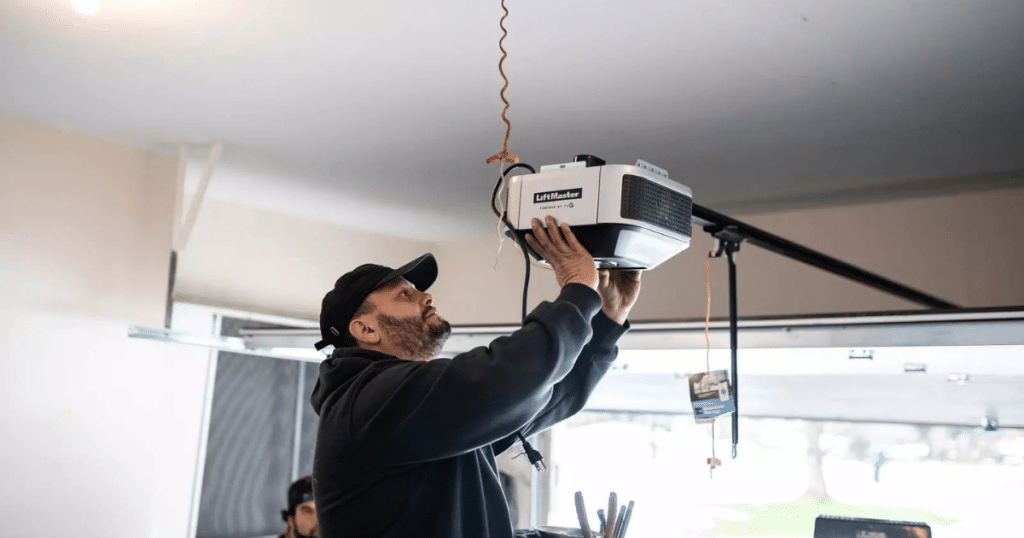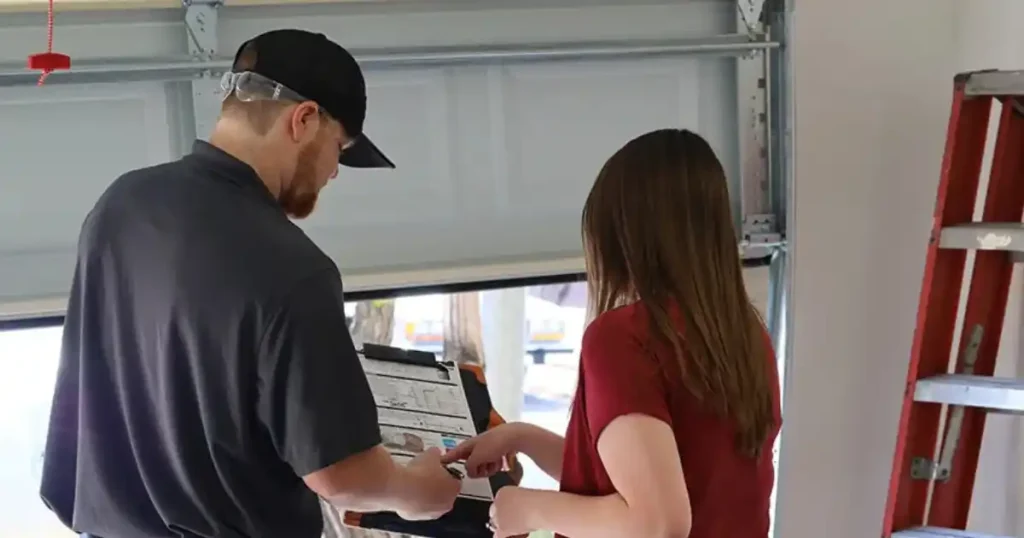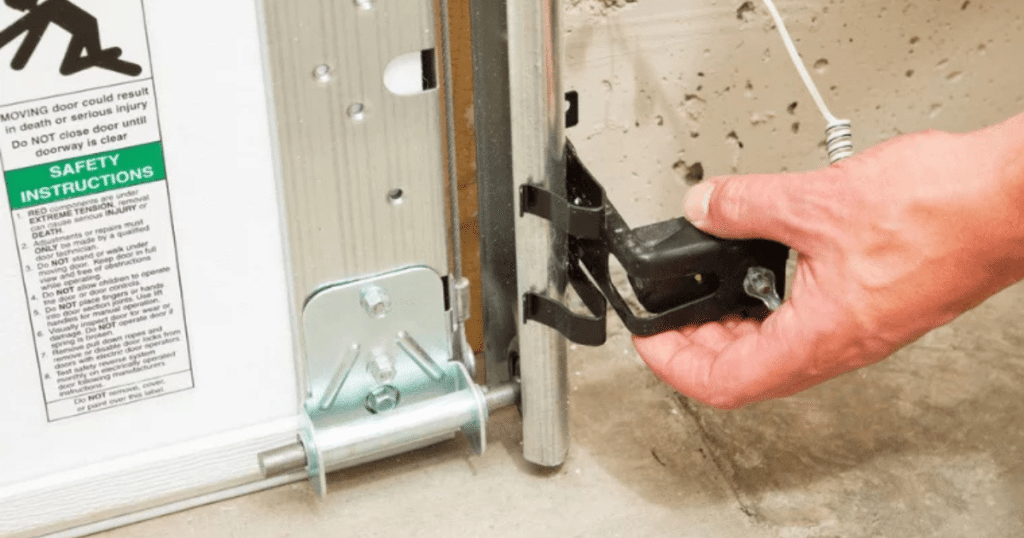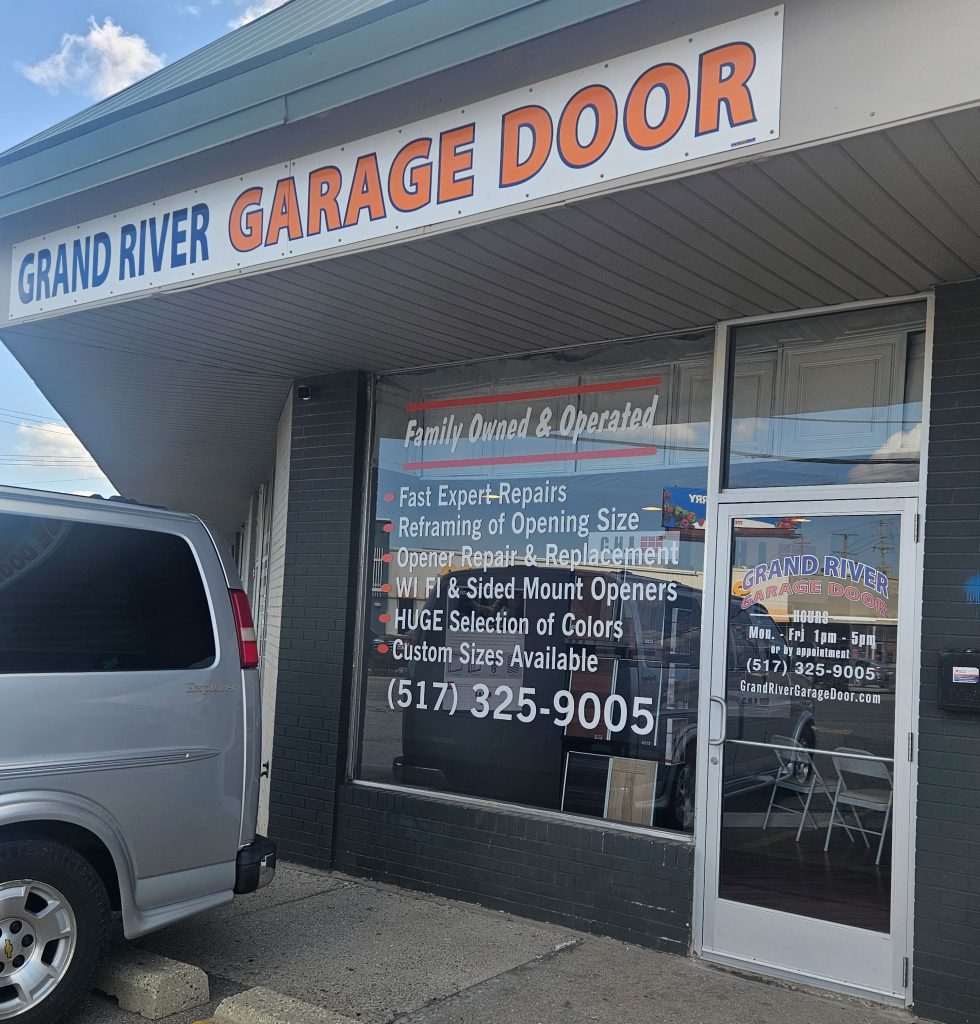Installing a garage door opener might seem straightforward, especially when it comes to the step of attaching garage door opener to door. But while it may look like a simple bracket-and-arm job, this step is critical to the overall performance, safety, and lifespan of your garage door system.
The opener isn’t just a motor that lifts your door. It’s a precision tool that requires correct placement, balanced torque, and exact alignment to function properly. When it’s not attached correctly to the door, the results can range from noisy operation and poor performance to damage that requires costly garage door repairs.

If you’re a homeowner planning an opener upgrade or installation, it’s essential to understand why this step matters and why it’s not something to overlook. In this guide, we’ll break down what this process entails, what can go wrong, and how to make the right choices to protect your home, your equipment, and your peace of mind.
What Does It Mean to Attach a Garage Door Opener to the Door?
Attaching a garage door opener involves connecting the motorized system to the physical structure of your garage door, usually by securing an opener arm or J-arm to the top panel. This mechanical linkage is what allows the opener to pull and lift the entire door smoothly.
Why Attachment Is So Important
This attachment point is under continuous stress every time the door opens or closes. If it’s mounted too high, too low, or without reinforcement, it creates uneven tension that can:
- Throw off the door’s balance
- Accelerate wear and tear
- Damage the opener
- Cause the door to warp or jerk mid-motion
A professional garage door technician will inspect not just where the opener connects, but also whether the door is reinforced to handle the load. This kind of precision is what sets proper installs apart from rushed or DIY jobs.
What Can Go Wrong with a Poorly Attached Opener?
Improper attachment may not cause issues immediately, but over time, the stress compounds. Here are some of the most common outcomes when this process goes wrong:
1. Panel Damage
If the opener pulls unevenly or without adequate support, the top panel of your garage door can bend or crack. This damage isn’t just cosmetic—it can compromise the door’s integrity and require full-panel replacement.
2. Track and Roller Misalignment
A crooked or stressed pull from the opener causes the door to shift in the tracks. This increases friction and can lead to derailment or failure of the rollers, causing the door to jam or get stuck halfway.
3. Motor Burnout
Garage door openers aren’t designed to drag a poorly aligned or imbalanced door. Over time, the motor must work harder, leading to early burnout and frequent malfunctions.
If you’re noticing problems like these, it’s a good idea to explore what might be causing them and how to fix them before they get worse.
The Professional Attachment Process: How It’s Done Right
When a certified garage door technician handles your installation, they follow a methodical process designed to avoid common pitfalls:
Step 1: Door Inspection
The technician will check that the garage door is level, structurally sound, and reinforced where needed. Older or damaged doors may require bracket reinforcements.
Step 2: Hardware Selection
Different garage doors (steel, wood, carriage-style) require different brackets and arm types. Understanding the anatomy of a garage door helps ensure the correct hardware is selected, reducing the risk of damage.
Step 3: Precise Opener Mounting
The opener is mounted to the ceiling or wall with the correct clearance and anchor points. The arm is then connected to the top panel at a calculated height and angle.
Step 4: Balance and Calibration
Once attached, the door’s balance is tested. Spring tension, force settings, and travel limits are adjusted to reduce wear on the opener and ensure smooth motion.
Step 5: Full-System Testing
Before final sign-off, the system is tested multiple times to ensure proper alignment, safety sensor response, and noise-free operation.
Different Doors, Different Requirements
Every type of garage door has unique demands when it comes to opener installation:
- Lightweight Steel Doors: Often pre-drilled and ready for opener installation, but still require proper placement and reinforcement.
- Wood or Custom Doors: Heavier and often lack built-in brackets, making professional reinforcement essential.
- Older Doors: May be warped or uneven, which complicates the attachment process and may necessitate garage door replacement services.
For heavier or multi-panel doors, a reinforcement bracket is often required to ensure proper opener attachment and long-term structural stability.
Do You Need a New Garage Door Opener?
If you’re planning to attach an opener to a new or existing door, it may be worth asking whether your current system is still up to the job.
Some signs you may need an upgrade include:
- Your opener is over 10 years old
- It struggles to lift the door or makes grinding sounds
- The remote or wall control fails intermittently
- Safety sensors are outdated or unreliable
Explore our complete checklist to recognize the key signs that it might be time to replace your garage door opener.
Why This Isn’t a DIY Job

Plenty of online tutorials suggest that opener installation is simple enough for a Saturday project, but the truth is more complicated.
Risks of DIY Attachment:
- Misaligned attachment leading to jerky operation
- Damage to panels, tracks, or brackets
- Improper calibration of auto-reverse safety features
- Voiding of manufacturer or installation warranties
- Potential injury from torsion springs or heavy door components
Most homeowners benefit more from a properly installed system that’s calibrated and warrantied by professionals.
Suppose you’re already dealing with shaky doors or unresponsive remotes. In that case, you may want to review our post on common garage door problems and what causes them to understand better what can go wrong and why professional expertise matters.
Long-Term Benefits of Professional Opener Installation
A garage door opener that’s properly attached and calibrated delivers more than just daily convenience:
- Noise Reduction: A balanced door and smooth motor reduce shaking and squeaking.
- Safety Assurance: Proper tension settings reduce the risk of accidental openings or failed closings.
- Energy Efficiency: Doors that seal tightly keep out drafts and heat loss.
- Equipment Lifespan: Motors, springs, and tracks last longer with less stress.
Best of all, you gain peace of mind knowing that every part of the system—from opener to panel—is working together correctly.
Regular Maintenance Helps Preserve Performance
Even after a flawless opener installation, routine maintenance plays a huge role in preventing problems. We recommend:
- Annual garage door tune-ups by a professional
- Regular lubrication of hinges and rollers
- Visual inspections for loose screws, sagging cables, or noisy operation
Conclusion
Attaching a garage door opener to your door isn’t just another step in the installation process—it’s the foundation for smooth operation, long-term durability, and household safety. Whether you’re replacing an old system or installing a new one, getting this connection right is critical.
Leave the guesswork behind and trust experienced professionals who understand the details. At Grand River Garage Door, we specialize in opener installation services that deliver quiet, reliable, and worry-free performance.
Schedule your inspection or service today to ensure your garage door system is installed with precision from the start.
Frequently Asked Questions (FAQs)
1. Can any garage door opener be attached to any door?
Not necessarily. While many openers are designed to fit standard doors, heavier or oversized garage doors often require a high-torque opener and additional reinforcement. Before installing, always confirm the compatibility between the door’s weight, size, and the opener’s capacity to ensure safe and reliable operation over time.
2. What happens if the opener is attached too high or too low?
Incorrect placement of the opener arm—either too high or too low—can create uneven force on the door. This causes the opener to strain, resulting in jerky movement, premature wear on hardware, and potential misalignment. Proper height ensures smooth motion and extends the lifespan of both the door and the opener.
3. Is reinforcement always necessary when attaching the opener?
It depends on the door type and condition. Many modern steel doors include built-in reinforcement. However, older, wooden, or custom doors may lack the necessary structural support, making reinforcement brackets essential. Without reinforcement, the opener may pull unevenly, damaging the top panel or misaligning the door over time.
4. How long does professional installation take?
A typical professional garage door opener installation takes about 1 to 2 hours. This includes inspecting the door, mounting the opener, connecting the arm, calibrating travel limits and safety sensors, and running final tests. Technicians ensure everything functions correctly and safely before signing off on the job.
5. Should I replace my opener when getting a new garage door?
If your current opener is more than 10 years old, lacks smart features, or isn’t powerful enough for your new door, it’s wise to upgrade both at the same time. Replacing them together ensures full compatibility, smoother performance, and better safety technology integration for long-term peace of mind.
Grand River Garage Door
4760 Simpson Rd, Owosso Township, MI 48867, United States
+15173259005





